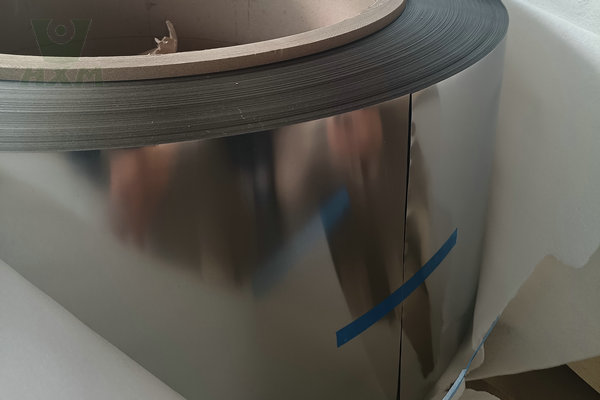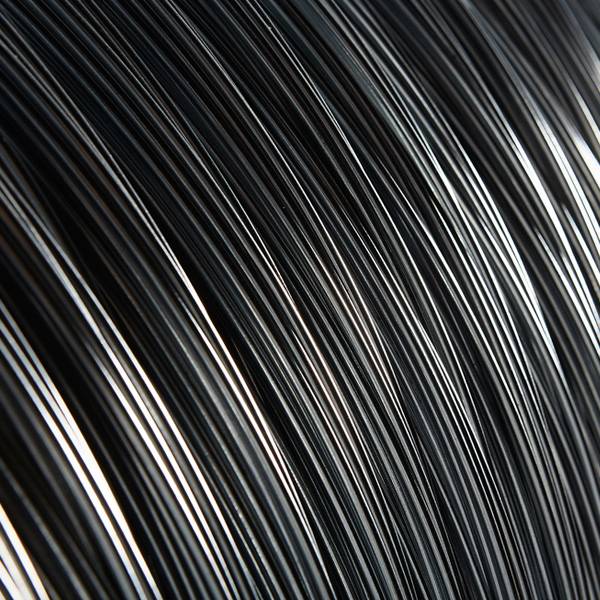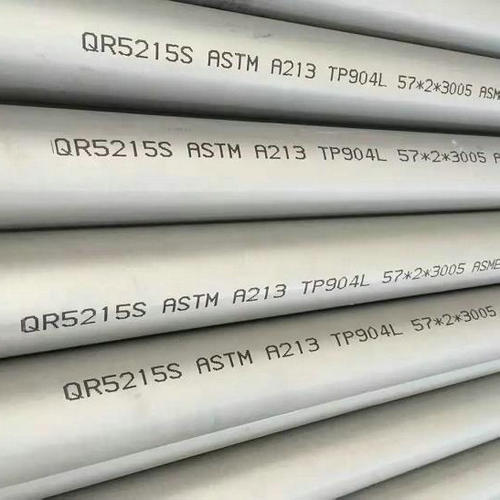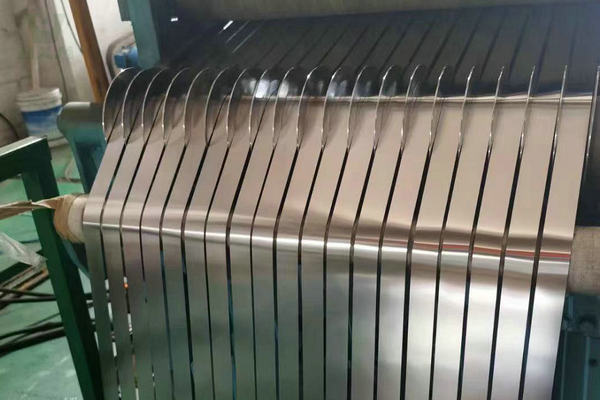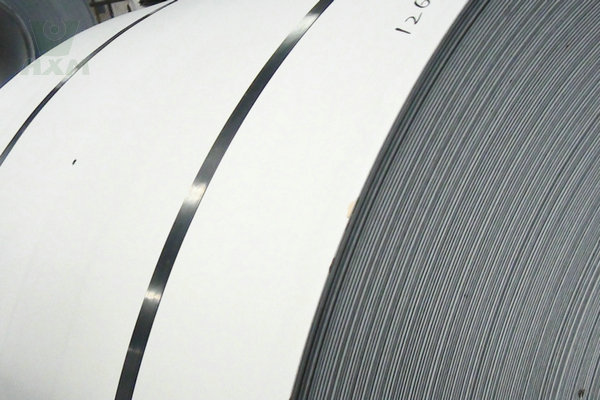Decorative Stainless Steel Suppliers & Manufacturers

Decorative stainless steel refers to stainless steel that is specially designed and processed for aesthetic purposes rather than functional or structural applications. Stainless steel is a corrosion-resistant alloy composed of iron, chromium, nickel, and other elements that make it durable and versatile. When used for decoration, stainless steel can add a stylish and modern look to a variety of spaces and objects.
Decorative stainless steel panels are based on stainless steel and are further processed using certain manufacturing and finishing methods, making them widely used in construction and decorative purposes such as wall panels, ceilings, cladding, partition screens, etc. They are also used in kitchen cabinets and bathroom vanities. Decorative stainless steel sheets or panels include a variety of designs and styles to present many aesthetic effects. They retain the properties of the original stainless steel but are more durable and have better corrosion resistance.
Specification Of Decorative Stainless Steel Sheet
| Standard & Grade | ASTM: A240 SA24 S31603 S32100 S41008 S43000 S43932 S44400 S44500 | |
JIS: G4304 G4305 G4312 SUS310 SSUS316LSUS321 SUH409LSUS410S SUS420J2 SUS430 | ||
AISI: 410S 430 439 441 444 445 | ||
EN: 10088-2 17224 17440 17441 1.4404 1.4541 1.4512 1.4000 1.4028 1.4016 1.4509 | ||
Mill’s Standard: L1 L4 J1 J2 J3 J4 J5 | ||
| Available Size | Thickness: 0.3mm-6mm 1250,1500,1524,1800,2000 mm | |
| Other specification is available on customers’ requests. | ||
Types Of Decorative Stainless Steel
Decorative stainless steel comes in a variety of types and finishes to cater to different aesthetic preferences and functional requirements.
Decorative Stainless Steel Classified By Surface
Decorative stainless steel can be classified by surface finish, as different finishes can significantly affect the appearance and texture of stainless steel. We can divide it into colored stainless steel, embossed stainless steel, etched stainless steel, mirror stainless steel, and sandblasted and water corrugated stainless steel, etc.
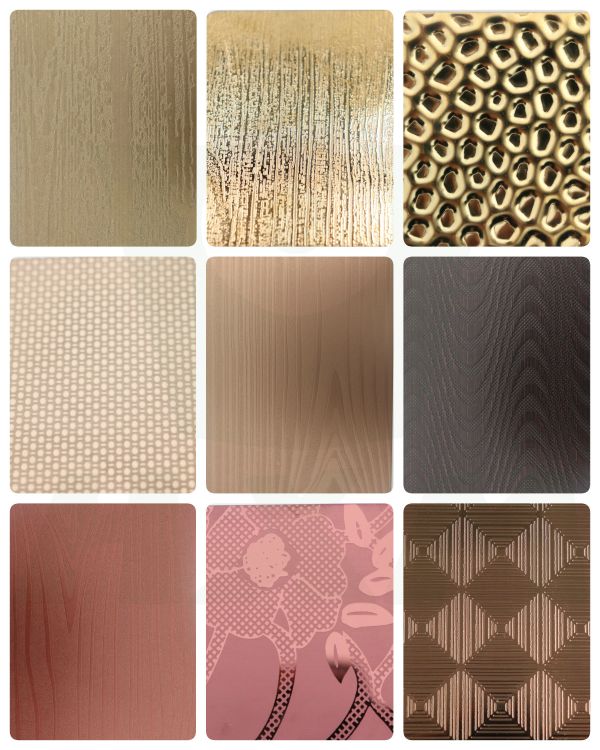
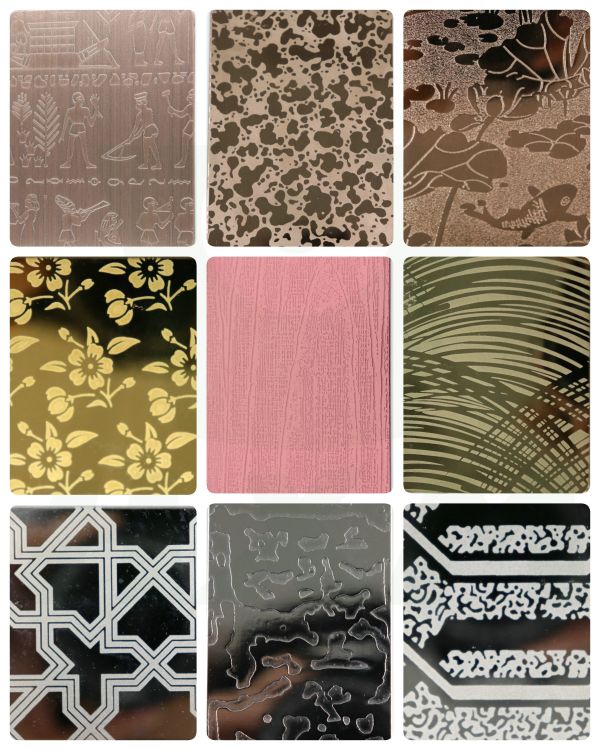
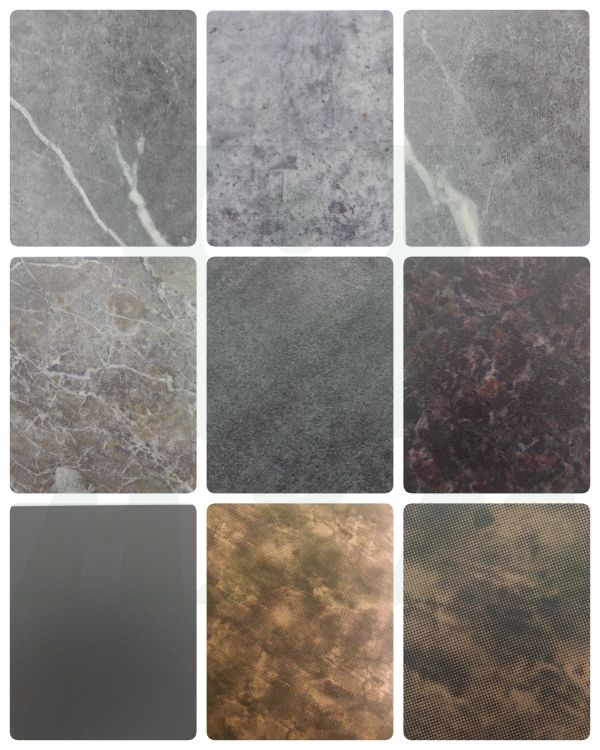
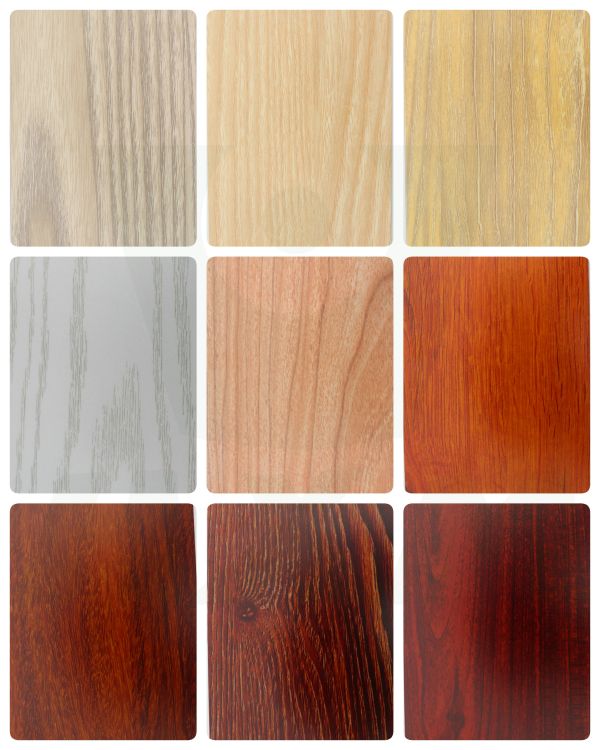
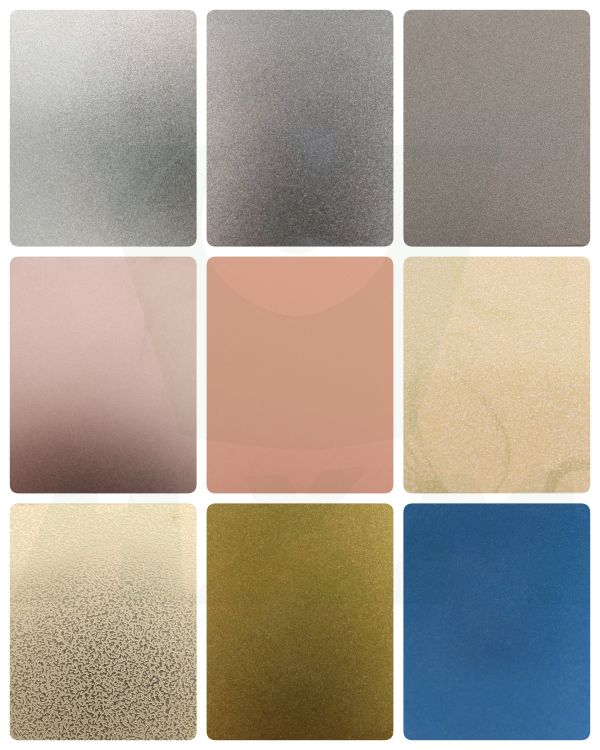
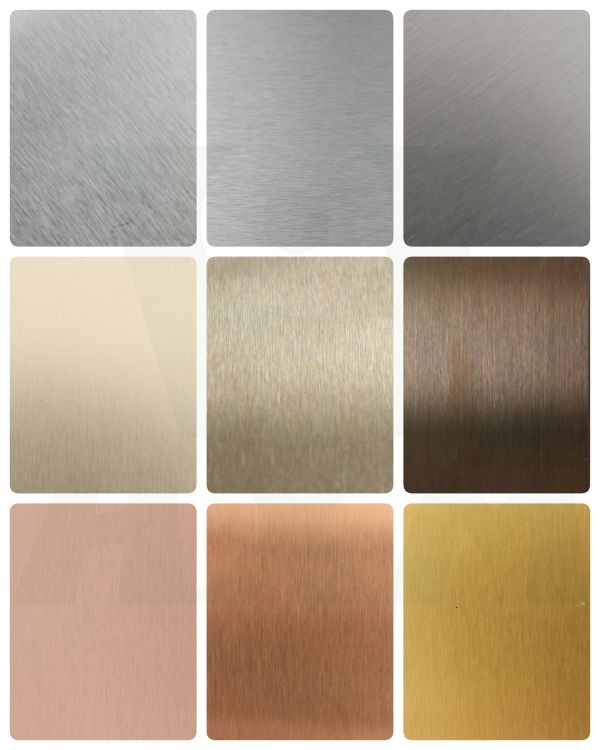
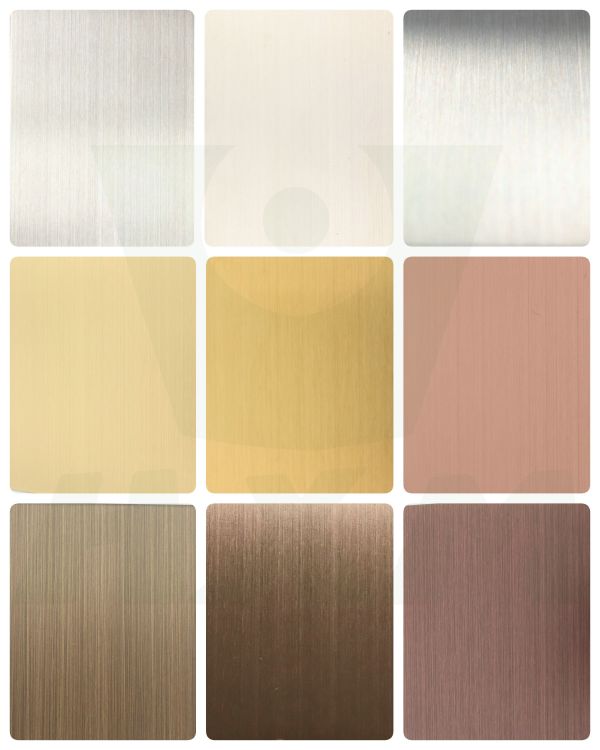

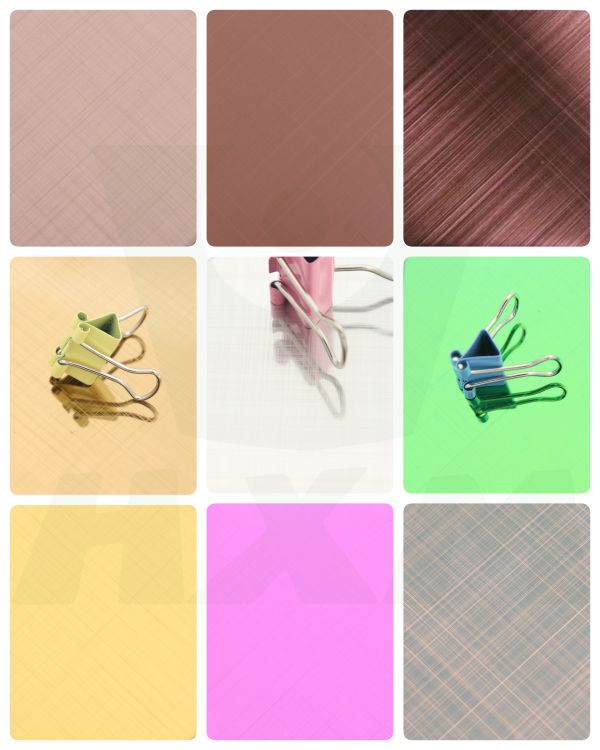
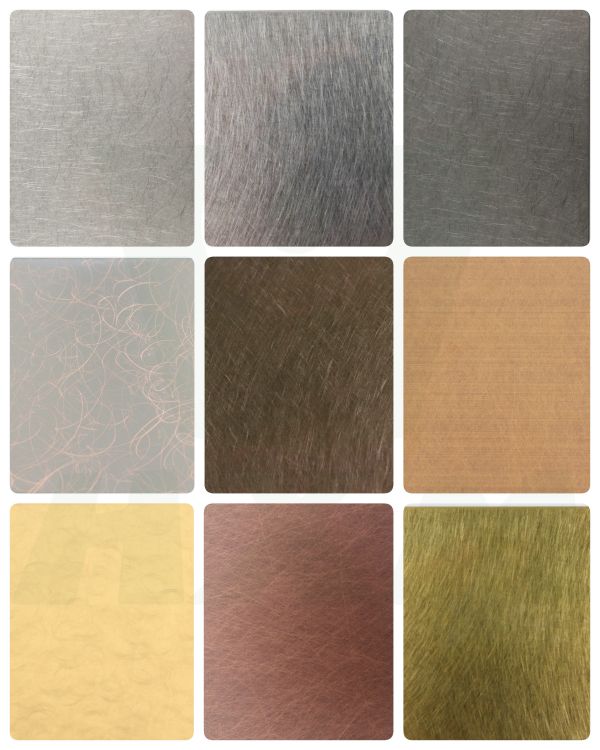
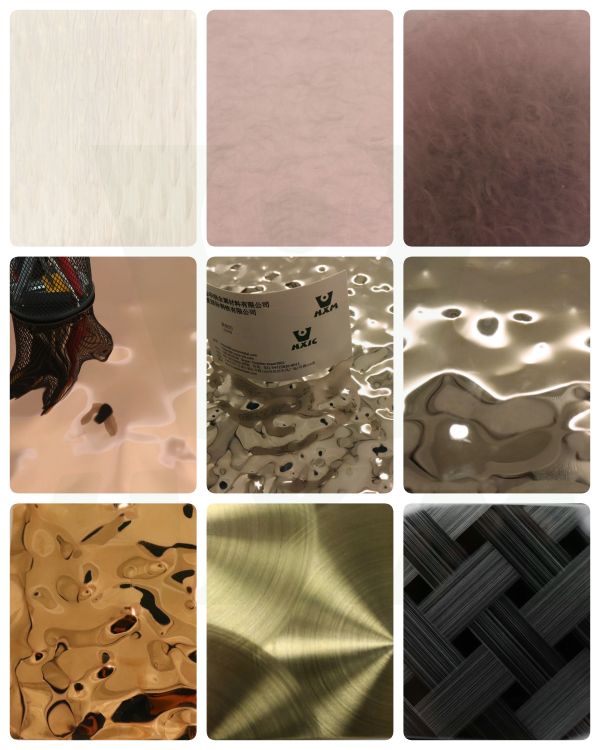
Decorative Stainless Steel Classified By Shapes
Decorative stainless steel can come in a variety of shapes and forms to create visually appealing and functional design elements. While stainless steel itself is a versatile material, its adaptability to different shapes and forms allows for a wide range of design possibilities. We can divide it into decorative panels, decorative narrow strips, decorative tubes, etc. according to their shapes.
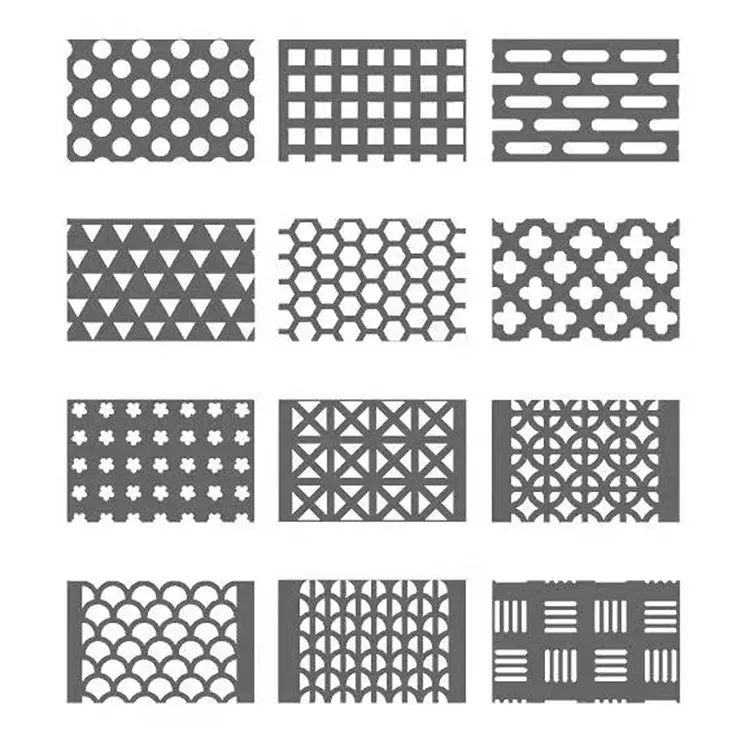
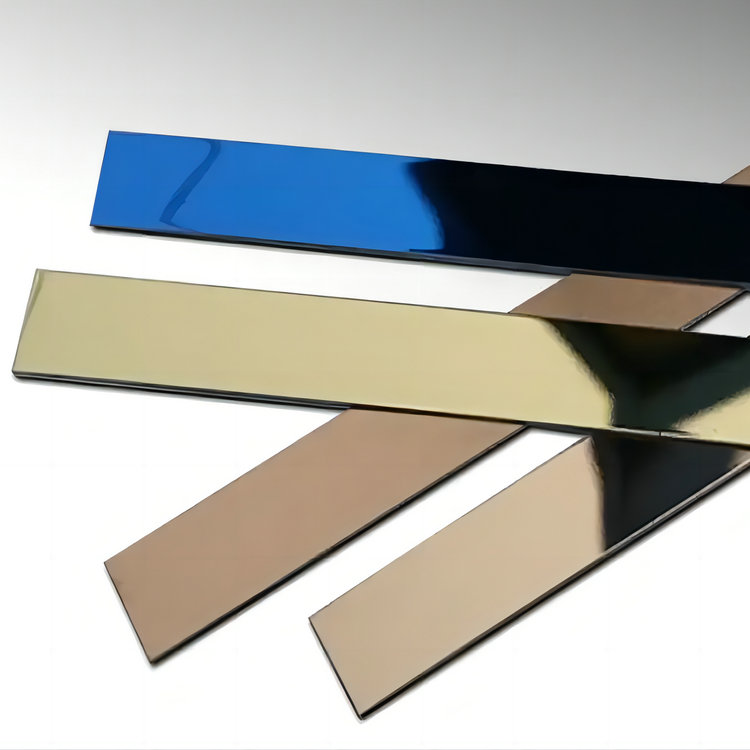
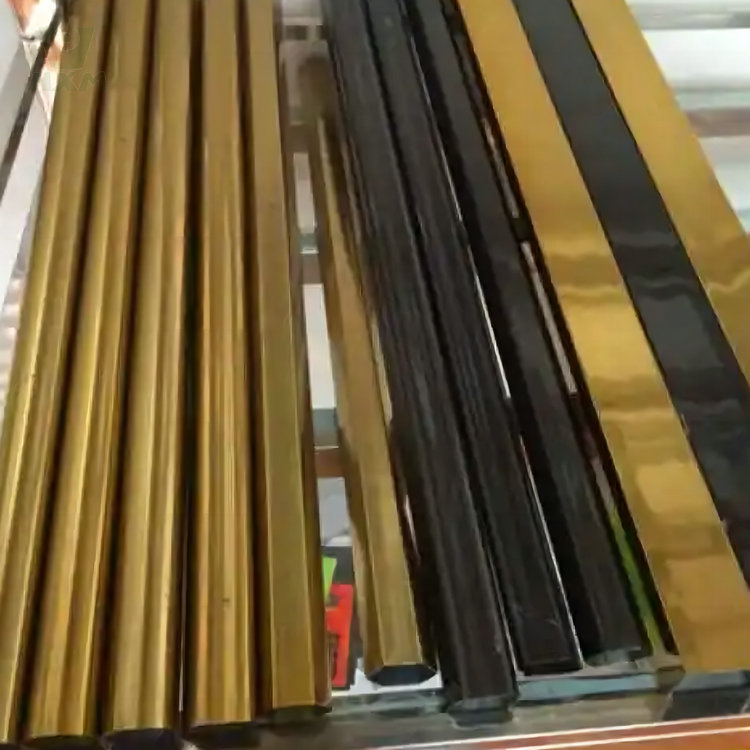
Applications For Decorative Stainless Steel
Decorative stainless steel is a versatile material that can be used in a wide range of applications to enhance aesthetics and provide a modern and stylish look. Here are some common applications for decorative stainless steel:
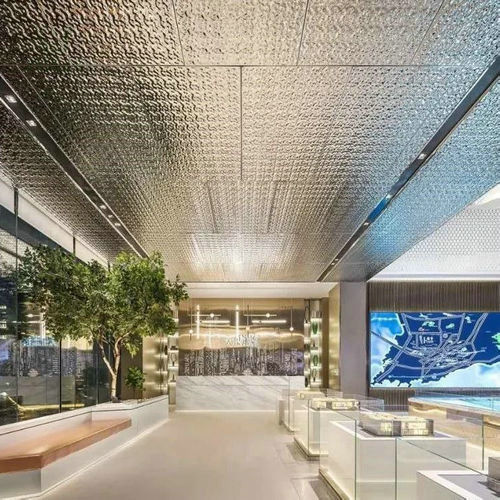
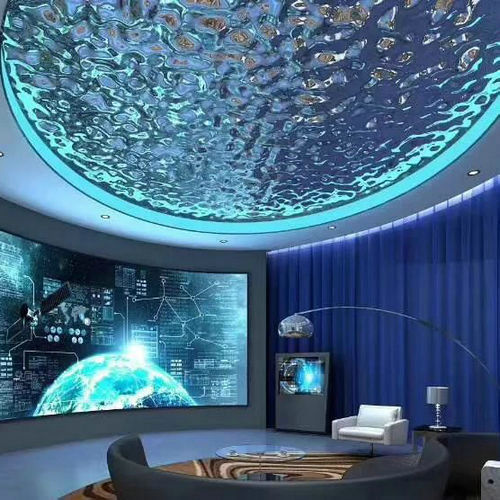

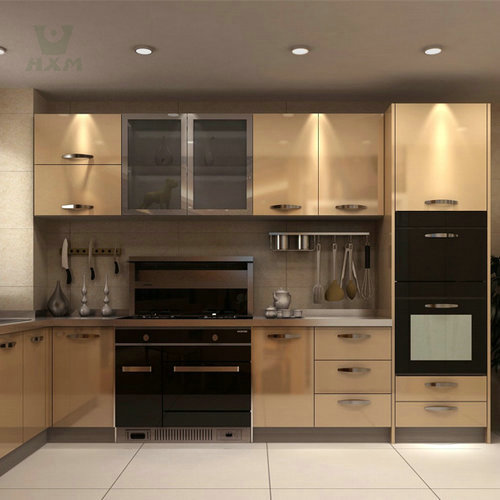
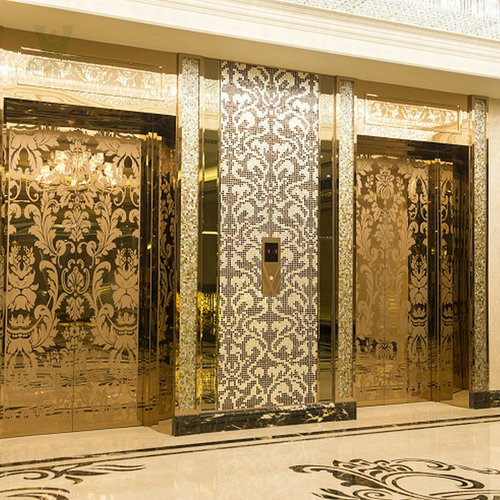
Architectural Elements:
- Building Facades: Decorative stainless steel panels can be used to create visually appealing and modern exteriors for buildings.
- Balustrades and Railings: Stainless steel railings with decorative designs are popular for staircases, balconies, and walkways.
- Cladding: Stainless steel cladding can be applied to walls and surfaces to create a sleek and contemporary appearance.
- Column Covers: Stainless steel covers can be used to wrap columns or pillars in public spaces and buildings for a decorative touch.
Interior Design:
- Kitchen Backsplashes: Stainless steel backsplashes add a clean and professional look to kitchens while protecting walls from splashes.
- Countertops: Stainless steel countertops are durable and provide a modern and industrial aesthetic in kitchens and bars.
- Cabinetry: Stainless steel cabinet doors or panels can be used in kitchens, bathrooms, and commercial spaces.
- Ceiling Panels: Decorative stainless steel panels can be used as ceiling tiles to create a striking and reflective surface.
- Wall Coverings: Stainless steel wall coverings with unique patterns or textures are used in interior design to add visual interest.
Furniture:
- Chairs and Tables: Stainless steel frames or accents are used in the design of modern and contemporary furniture pieces.
- Shelving Units: Stainless steel shelving units provide a clean and industrial look for storage solutions.
- Benches and Seating: Public spaces often feature stainless steel benches and seating due to their durability and modern appearance.
Art and Sculpture:
- Sculptures: Artists use decorative stainless steel to create contemporary sculptures and art installations.
- Artistic Installations: Public spaces and galleries may feature stainless steel art pieces for their visual impact.
Signage and Branding:
- Signage: Stainless steel signage, including letters and logos, is commonly used for businesses and corporate branding.
- Retail Displays: Stainless steel can be used in retail displays and fixtures to convey a modern and upscale image.
Jewelry and Accessories:
- Jewelry: Stainless steel is used to create affordable and contemporary jewelry pieces, including rings, bracelets, and necklaces.
- Watches: Stainless steel watch bands and cases are durable and have a polished appearance.
Lighting Fixtures:
- Lamps and Chandeliers: Stainless steel is used in the design of modern lighting fixtures, adding a sleek and industrial touch to interior spaces.
- Sconces: Decorative stainless steel sconces are used for wall lighting and decorative purposes.
Automotive Accessories:
- Exhaust Tips: Stainless steel exhaust tips provide a polished and upscale appearance for vehicles.
- Grilles and Trim: Stainless steel trim accents can be used on vehicles to enhance their aesthetics.
Outdoor Decor:
- Garden Sculptures: Stainless steel sculptures and fountains are used in outdoor spaces for their durability and modern appeal.
- Architectural Features: Public parks and plazas may feature decorative stainless steel elements in landscaping and architecture.
Hospitality and Hospitality:
- Hotel Lobby Design: Decorative stainless steel is used in hotel lobbies, bars, and restaurants to create a stylish and luxurious atmosphere.
- Cruise Ships: Stainless steel is used in the interior design of cruise ships to achieve a high-end and contemporary look.
The applications for decorative stainless steel are diverse, and its durability, corrosion resistance, and design flexibility make it a popular choice for enhancing aesthetics in various industries and spaces.
Main Materials For Decorative Stainless Steel
Decorative stainless steel primarily consists of stainless steel as its main material. However, in some cases, it may incorporate other materials or finishes to achieve specific decorative effects. Here are the main materials and finishes commonly used in decorative stainless steel:
Type 304 Stainless Steel: This is the most commonly used stainless steel alloy for decorative applications due to its corrosion resistance and versatility. It contains 18% chromium and 8% nickel.
Type 316 Stainless Steel: Type 316 stainless steel is known for its increased corrosion resistance, making it suitable for outdoor or marine environments. It contains 16-18% chromium, 10-14% nickel, and 2-3% molybdenum.
Benefits Of Decorative Stainless Steel
Decorative stainless steel offers a wide range of benefits, making it a popular choice for various design and architectural applications. Here are some key advantages of using decorative stainless steel:
1. Aesthetic Appeal:
- Modern and Sleek Look: Decorative stainless steel provides a contemporary and sophisticated appearance, making it suitable for modern design aesthetics.
- Reflectivity: Stainless steel’s polished and reflective surfaces can enhance lighting and create a sense of spaciousness in interiors.
- Versatile Design: Stainless steel can be customized with various finishes, patterns, and shapes to suit a wide range of design styles and applications.
2. Durability:
- Corrosion Resistance: Stainless steel is highly resistant to corrosion and rust, making it ideal for both indoor and outdoor use, even in harsh environments.
- Longevity: Stainless steel is known for its durability and longevity, ensuring that decorative elements maintain their appearance over time.
- Low Maintenance: Stainless steel is easy to clean and requires minimal maintenance to retain its aesthetic appeal.
3. Strength and Structural Integrity:
- Structural Support: Stainless steel can be used for structural elements in addition to decorative purposes, providing both strength and aesthetic value.
- Load-Bearing: In architectural applications, stainless steel can support substantial loads while maintaining its structural integrity.
4. Hygiene and Cleanliness:
- Food-Safe: Stainless steel is non-reactive and non-porous, making it suitable for use in food preparation areas and healthcare facilities.
- Easy to Clean: Its smooth and impermeable surface is easy to clean and disinfect, making it a hygienic choice.
5. Customization:
- Design Flexibility: Stainless steel can be customized in terms of shape, size, texture, and finish, allowing for unique and personalized design elements.
- Laser Cutting and Etching: Stainless steel can be precisely cut or etched to create intricate and customized patterns or designs.
6. Environmentally Friendly:
- Recyclable: Stainless steel is a highly recyclable material, reducing its environmental impact and contributing to sustainability efforts.
- Energy Efficiency: The reflectivity of stainless steel can help improve natural lighting and reduce the need for artificial lighting in interior spaces, contributing to energy efficiency.
7. Fire Resistance:
- High Melting Point: Stainless steel has a high melting point, making it resistant to fire and heat damage, which is important in some architectural and design applications.
8. Wide Range of Applications:
- Decorative stainless steel can be used in diverse applications, including architecture, interior design, furniture, automotive, jewelry, art, and more, offering versatility and adaptability.
9. Brand Image and Perception:
- The use of stainless steel in design often conveys a sense of quality, professionalism, and luxury, enhancing the brand image of businesses and institutions.
10. Cost-Effective:
- While decorative stainless steel can be perceived as premium, its longevity, low maintenance requirements, and versatility make it a cost-effective choice in the long run.
Overall, decorative stainless steel offers a combination of aesthetic appeal, durability, and versatility that makes it a favored material for enhancing the visual and functional aspects of a wide range of projects and applications.

